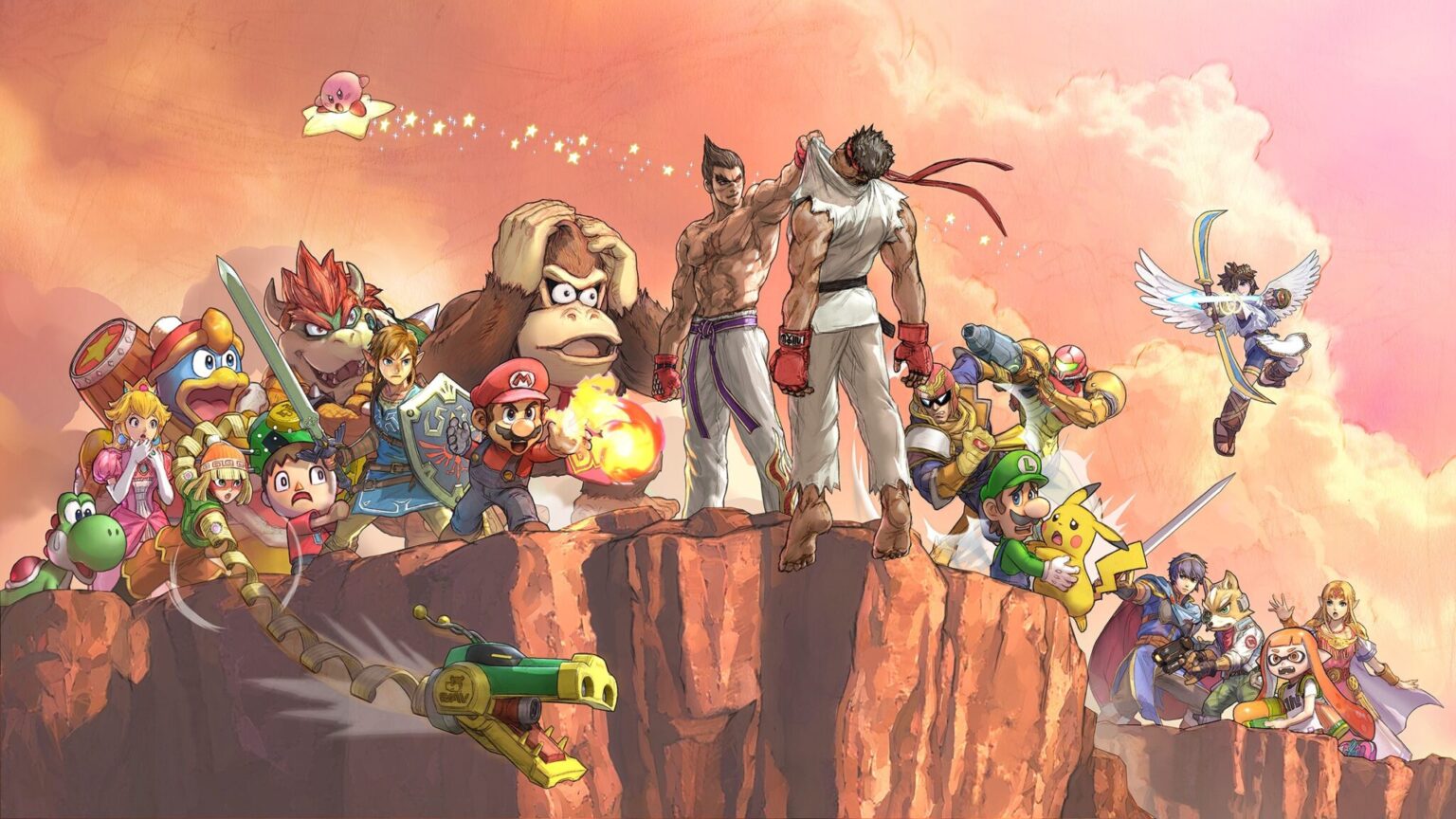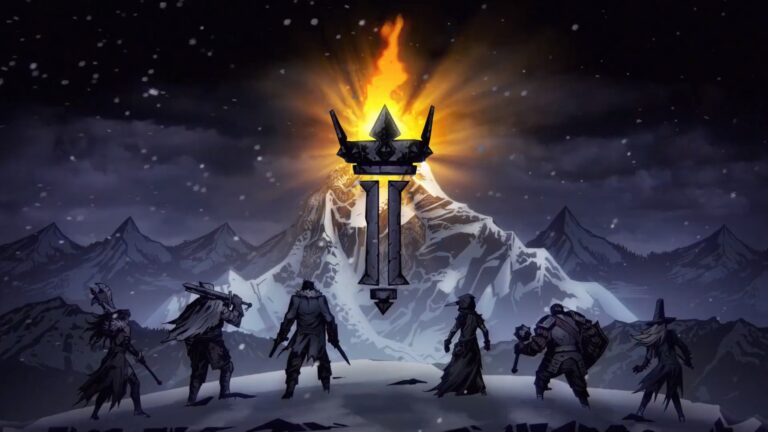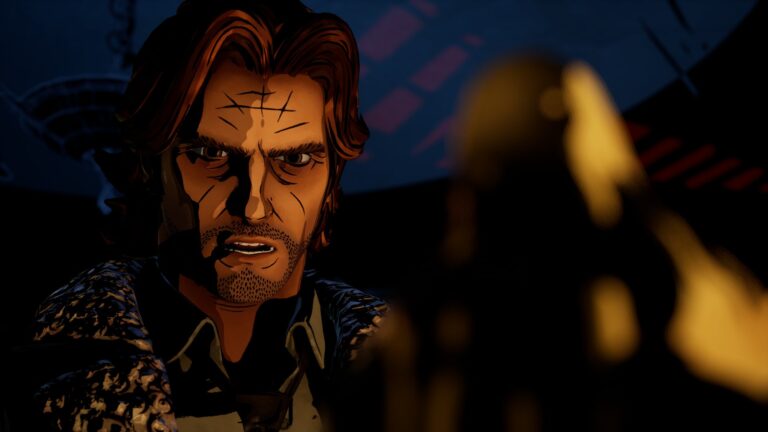Every new fighter for Smash Ultimate brings with them a new swath of techniques, mechanics, and mind games to learn, master, and counter. Ultimate’s Fighter Pass #2 has been pushing the limits of what is capable in a 2D platformer fighter and perhaps no one else pushes against those limits harder than Tekken’s protagonist turned main antagonist Kazuya Mishima.
Here are the top 10 quirks you should know about Smash’s latest guest fighter.
10. Always Facing the Opponent in Smash Ultimate
Like his other classic fighting game brethren before him, Kazuya will always face towards the opponent in 1v1 setting. It is reminiscent of how standard fighting games work where the two characters will always be facing one another, outside of cross-ups, even if they happen to switch from their original starting sides.
Dubbed “Shotos” by the wider community, fighters like Ryu, Ken, Terry, and Kazuya all share this characteristic. It was implemented to help with the precise and input-heavy nature these fighters need to have greater success against Ultimate’s massive roster. Though it does make trying to sweet spot back-aerial attacks a bit harder, it’s nothing a bit of practice won’t fix.
9. Cancel Combo System
Kazuya, like Ryu, Ken, and Terry, operates heavily on a cancel system for a majority of his normal attacks. Cancel attacks, as the name implies, allows certain attacks to “cancel” into one another via canceling an attack’s animation with another input. The result of this feature is a seamless stream of combos that awe audiences and frustrate trapped opponents.
Aside from the aforementioned fighters, no others on Ultimate’s roster has animation canceling as part of their move set outside of taunt canceling, which doesn’t impact the actual fighting to a big degree. This was intentional to replicate how normal fighting games feel, where canceling is much more commonplace.
8. Slower Attack Speed
As detailed by Smash’s game director Masahiro Sakurai, Tekken plays on a fundamentally different level than how a game like Smash Ultimate plays (though this comparison is apt with most other fighting games on the market as well). Because Tekken operates on a 3D battleground between two opponents, there is an immense focus on spacing and micromanaging the given space throughout a fight.
Smash on the other hand is a game where location, positioning, and stage control play a wider role than it does in Tekken. As a platform fighter, players will be moving much more, both vertically and horizontally, than they would in a Tekken bout.
To reflect this nuance, Kazuya has a slower normal move set when compared to other Smash icons and fighting game guests. Though his attacks certainly aren’t as slow as they are in Tekken, where its fastest move is still five times slower than its Smash counterpart, Kazuya will have to play with spacing and timing very much in mind against other opponents.
7. Rage Mechanic
Like most fighters introduced via DLC, Kazuya has his own variation of a super meter, allowing him to unleash powerful, game-changing attacks. Dubbed the “Rage” state, it activates when Kazuya breaches 100% in damage and gives him new tools to work with despite his percentage deficit.
Rage boosts his attack power by 10%, dealing more damage and boosting kill power across all of Kazuya’s moves. Rage mode culminates with a special attack called Rage Drive, which is just his Heaven’s Door special move but combined with the Rage buffs. It delivers quite an explosive result.
However, to balance, Rage Drive can only be activated once per stock, rendering Kazuya unable to call upon its power until his current life is lost. Also, though the Rage buff is permanent, it can be removed if Kazuya receives enough damage while it is active. Kazuya can even lose Rage if he misses his grabs too many times while Rage is active.
Though Rage is a bit more flexible in its application, unlike how Terry Bogard’s “Go!” mechanic operates with two super move inputs, it has its share of weaknesses that must be accounted for in a bout.
6. Non-Free Fall Recovery
A very small subset of fighters in Smash do not enter the helpless “free-fall” state after using their recovery moves. Being in this state only lets a player navigate their character through the air; no other inputs are possible. Surprisingly, Kazuya finds himself among the small group of fighters who aren’t bound by this Smash tradition.
When Kazuya uses his Up-Special to recover, he is free to do whatever move he wishes mid-air, aside from another Up-Special or a side-special to help with recovery. The order in which he recovers matters here, as he can Side-B and then Up-B to get back on stage but not the other way around.
This balance change was probably made to counteract how stiff Kazuya’s air mobility is, reminiscent of Tekken’s jump mobility. Kazuya’s initial jump is incredibly shallow, unable to reach the platforms of many standard stages without the aid of his more robust double jump.
That isn’t to say he won’t be a menace in the air. His full recovery is massive and his aerial arsenal is nothing to scoff at.
5. Super Armor Smash Attacks
To distinguish just how powerful Kazuya is, all of his Smash attacks (as well as a share of his special moves) have super armor. Though it doesn’t nullify damage, super armor prevents an attack from being interrupted by outside interference, letting it power through and land on target. Little Mac is quite notorious for this as well.
Kazuya’s Smash attacks have a bit more diversity though in its super armor division, as each directional attack has its own degree of invincibility. Side Smash, Glorious Demon God Fist, is the shining star of the pack, able to power through most if not all opposing attacks to devastating results. It’s also worth noting that Kazuya’s side Smash’s super armor is able to withstand multiple hits while activating, letting him come out on top more often than not.
4. Crouch Dash Mobility
A Tekken staple, crouch dashing makes its debut in Smash Ultimate. Performed via the Shoryuken input, it allows Kazuya to close the distance on an opponent while dashing forward in small bursts and maintaining invincibility on his upper body.
This invincibility allows him to phase through projectiles at range, which will help in fights against zoners or projectile-happy opponents.
3. Taunt Attack
In unbelievable fashion, one of Kazuya’s taunts is actually a full-blown attack. Though there have technically been “taunt attacks” in the game, with Luigi’s infamous spike taunt and Snake’s box acting as a neat ledge gimping tool, nothing has come close to Kazuya’s side taunt, Demon’s Wrath. It’s a quick flurry of blows that knocks the enemy away.
As for its practicality? Outside of trying to BM your opponent, you’re better off using any of Kazuya’s other moves.
2. Stance-change Special Move
Kazuya brings to Smash Bros. another Tekken mechanic, marking its first appearance ever in a Smash game. Named “Demon God Fist”, it is an attack that must be inputted during the period where Kazuya stands up from a crouch.
The result is a devastating stun blow, rendering opponents into an unactionable state, opening them up for an onslaught of punishment and combos. It truly is a one-of-a-kind input.
1. Insane Number of Normals
What truly sets Kazuya apart from the cast, aside from all the previous quirks mentioned, is the absolutely insane amount of moves he has at his disposal. All of them are tied to precise and specific direction inputs and motions. Because he hails from a 3D fighting game, Sakurai and his team had to find a workaround to fit Kazuya’s arsenal in a 2D ring, and they have done it.
Via the eight directional inputs on the analog stick, each direction brings with it a slew of specific attacks that Kazuya can use, amplifying just how combo and input heavy he is. There are so many moves attached, it’s going to be a long minute before anyone gets truly comfortable using, let alone mastering how Kazuya moves and feels. Luckily for us, we can get our hands on Kazuya soon enough when he releases as part of the Smash Ultimate Fighter Pass #2 on June 28th.
If this is how the penultimate fighter is, we cannot wait for who comes next in Smash Ultimate.
Stay tuned at Gaming Instincts via Twitter, YouTube, and Facebook for more gaming news.
No related posts.






